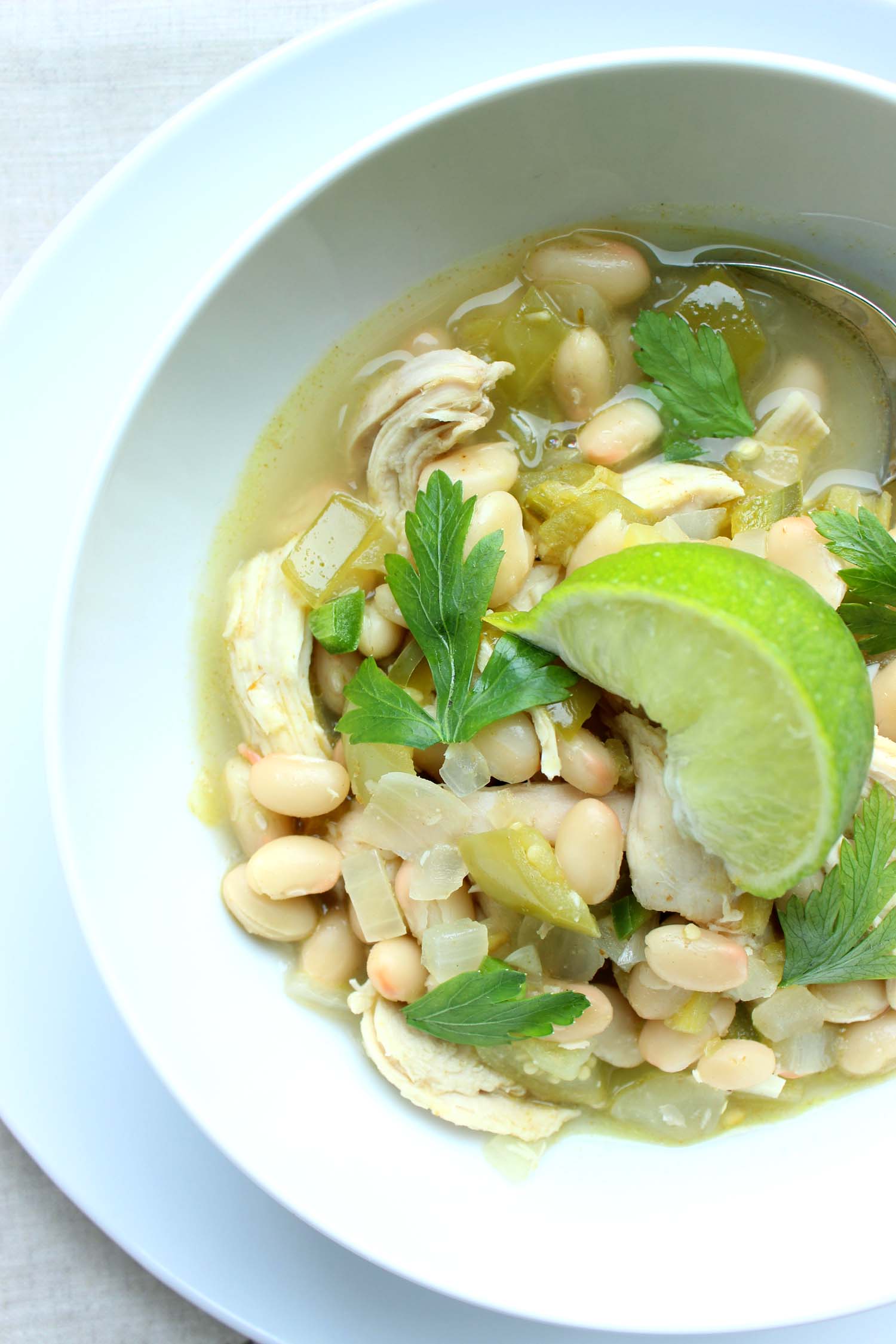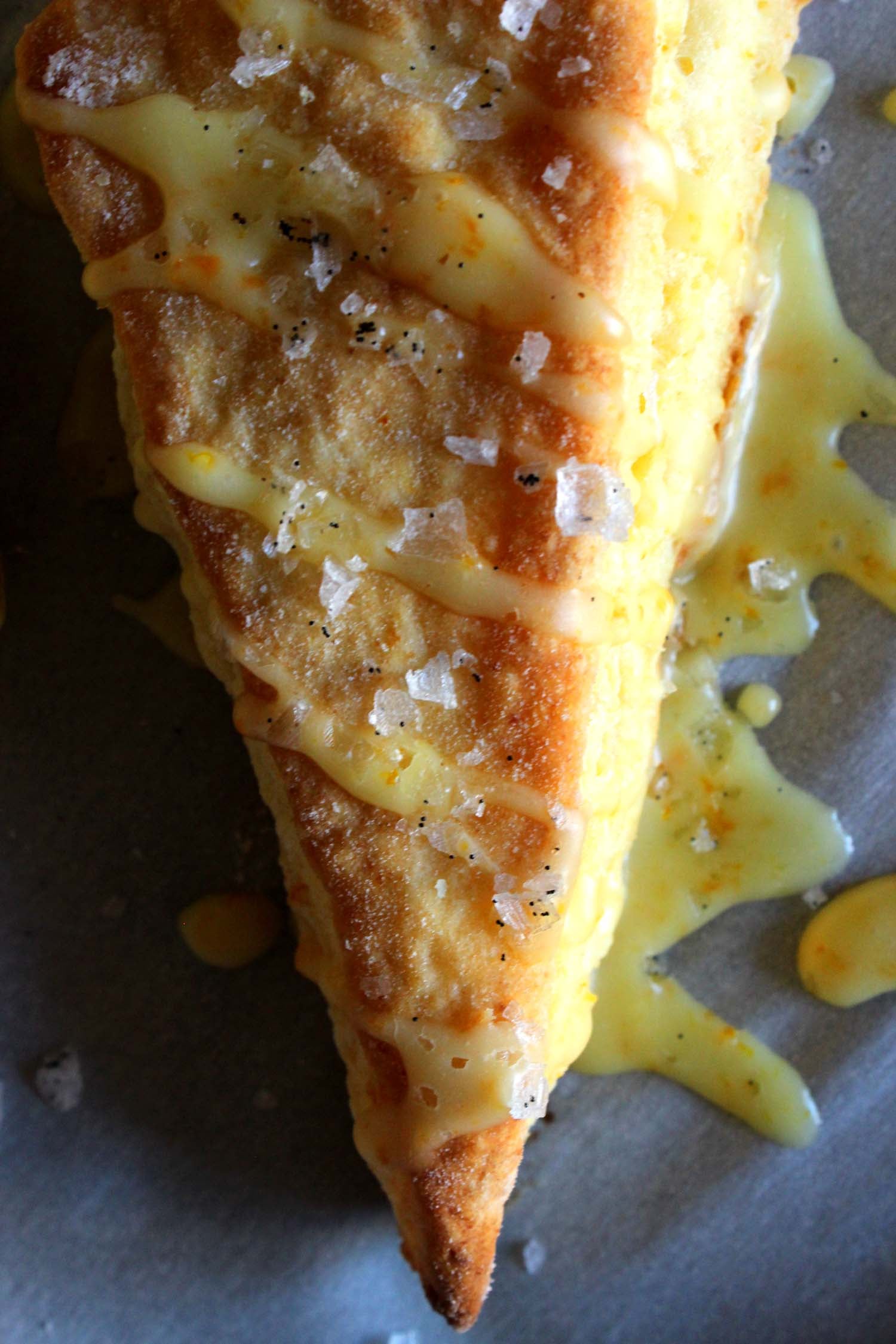Lemony Artichoke Heart Stuffed Shells
Lemony Artichoke Heart Stuffed Shells | Image: Laura Messersmith
Between magazines, Pinterest, Instagram, and cookbooks at any given time I feel like there are about 1,000 recipes I’m dying to make. I try to be organized, but somehow there’s a notepad on my phone for those moments when inspiration strikes on the go (or as I’m drifting off to sleep), a Word document roughly organized by month/season, and of course multiple Pinterest boards all collecting ideas.
If I’m lucky I cook the recipe straightaway, but others I’m saving for the right occasion when the dish and the eaters are just meant for each other. That was the case here. I’ve been meaning to make this recipe from the Smitten Kitchen cookbook for nearly six months, rather a long time to wait.
As much as I love baked pasta dishes it’s tough when there are only two people to eat it, so there I am: waiting to make this recipe until the stars aligned and we could lure some folks to the neighborhood for dinner. Thank goodness too, because this dish is everything I hoped it would be - like homemade mac and cheese taken to a grown-up place by the addition of lemon, white wine, and sautéed artichokes. If that's not reason enough, how about this: you can completely assemble the dish up to a day in advance and bake it when you're ready to eat. A make ahead dish that feels special enough for company? Yes, please!
Lemony Artichoke Heart Stuffed Shells | Image: Laura Messersmith
Lemony Artichoke Heart Stuffed Shells (serves 4-6)
Shell Ingredients:
25-30 jumbo pasta shells (about a 12-ounce box, I used Barilla)
3 tablespoons unsalted butter
1 to 2 tablespoons olive oil, divided
1 large onion, chopped small
18 ounces frozen artichoke hearts, thawed and patted dry
1/4 cup dry white wine
1 cup (1 1/4 ounces) finely grated Romano cheese
1 cup (1 1/2 ounces) finely grated Parmigiano-Reggiano cheese
2 large egg yolks
1 tablespoon lemon zest
1 tablespoon freshly squeezed lemon juice
1 teaspoon salt
1/4 teaspoon ground black pepper
Sauce Ingredients:
4 tablespoons (1/4 cup) unsalted butter
1/4 cup all-purpose flour
2 cups whole milk
3 teaspoons (2-3 cloves) minced garlic
1/2 cup ricotta cheese
2 tablespoons freshly squeezed lemon juice
1 tablespoon lemon zest
1/2 teaspoon salt
Freshly ground black pepper to taste
2 tablespoons chopped flat-leaf parsley
Instructions:
Make the Filling:
Melt butter in a heavy 12-inch skillet and cook it until it turns nutty and brown, stirring occasionally to keep the solids moving on the bottom of the pan. Once it is a nice nutty brown, add 1 tablespoon olive oil, then the onions and cook them until they are lightly brown and caramelized, about 7 minutes. Add the artichoke hearts and cook them until they are softened a bit, about 5 minutes. Add the wine and cook it until it completely disappears.
Remove the pan from the heat and let it cool slightly, before transferring it to the bowl of a food processor. Add both cheeses, the egg yolks, lemon juice, salt and black pepper and pulse in the food processor until roughly chopped. You want a mixture with some texture, not a puree.
Note: If you don’t have a food processor, then make sure to cut your onions quite small and chop the artichokes on the fine side before cooking. Follow the instructions as written, then once the filling cools mix it in a large bowl.
Cook the Pasta:
Bring a large pot of salted water to a boil, and cook the shells just shy of al dente. Check the box to see if there are cook times for shells that will be baked - Barilla recommends 9 minutes, which was perfect. Drain and toss with a teaspoon or two of olive oil, to keep them from sticking.
Make the Sauce:
While the shells are cooking, melt the butter in a medium saucepan (or the wiped out pot you made the artichoke filling in, if you’re into spending less time scrubbing pots) over medium-high heat. Once melted, add the flour all at once and whisk it until smooth. Add the milk, a small glug at a time, whisking constantly so no lumps form. Once the mixture has reached a batter-like consistency, you can begin adding the milk in larger pours at a time, whisking the whole time. Once all the milk is added, add the garlic and bring the sauce to a boil, stirring frequently. Once boiling, it will immediately begin to thicken. Reduce the heat to medium and simmer for two to three minutes before stirring in the ricotta, lemon juice, salt and black pepper, and chopped parsley. Adjust salt, pepper and lemon to taste.
Assemble the Dish:
Preheat oven to 350 degrees. Layer about half the sauce in the bottom of a 9×13 baking dish. Press a generous tablespoon of artichoke filling inside each cooked shell – a cookie scoop will be useful – so that the shell is full, but the sides can still meet. I found that resting the pasta on a cutting board using one hand to hold the edges apart and the other to scoop worked best. Nest each pasta shell in the sauce, seam up. Spoon the remaining sauce over the shells. Cover the dish with foil and bake it for 30 minutes, then remove the foil and bake it for a final 15 minutes. Serve immediately.
Individual Servings – Divide about half the sauce among 6 oven safe baking dishes (I used 16 ounce ramekins), divide the stuffed shells (5-6 shells fit snugly) among each dish and top with the remaining sauce as above. Cover with foil and bake for 20 minutes at 350 degrees F, followed by 5 minutes uncovered.
Make Ahead – Assemble the dish (or dishes) and cover each in foil. Refrigerate up to 24 hours. Add 3-5 minutes to the original baking times.
Recipe re-written and slightly adapted from Deb Perelman’s Artichoke Stuffed Shells in the Smitten Kitchen Cookbook (pg. 125 ) link via Bon Appetit.
Lemony Artichoke Heart Stuffed Shells | Image: Laura Messersmith
Small Kitchen Friendly?
Yes, with organization. I used one large sauce pan, one large, deep sauté pan, a medium food processor, 9x13” baking dish (or 6 individual - the dishes pictured are Corningware 16 ounce ramekins), a colander, and a medium cutting board.
For tools I used a chef’s knife, microplane zester, a liquid measuring cup, measuring spoons, 1 tablespoon cookie scoop, rubber spatula, whisk, and a ladle or large spoon.
The Verdict:
Considering how fantastic the flavors are I fervently hope your stars hurry up and get their ducks in a row, because no one (even the artichoke adverse) should have to wait long to eat this dish. I bumped up the lemon zest a bit and added the parsley to the sauce, rather than sprinkling it on top to give the dish a subtle fresh note and make sure it didn’t become too heavy. Seconds were had by all and some simply roasted Brussels sprouts made the perfect accompaniment. All in all, a successful mid-winter dinner!
Lemony Artichoke Heart Stuffed Shells | Image: Laura Messersmith















